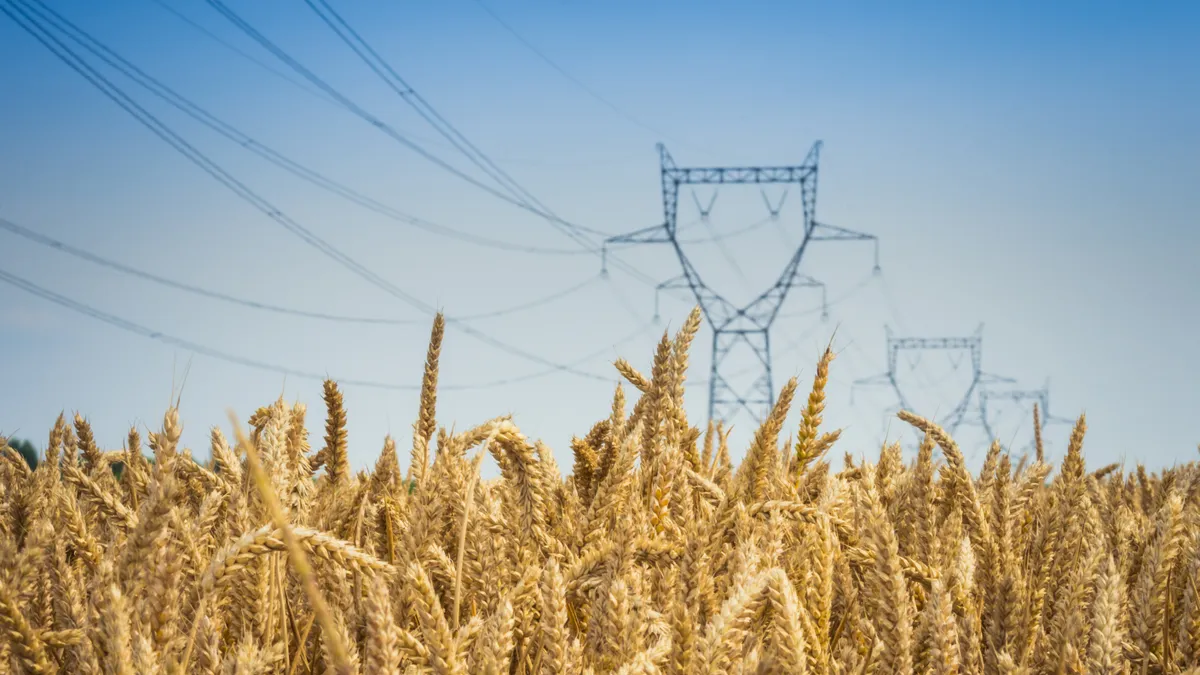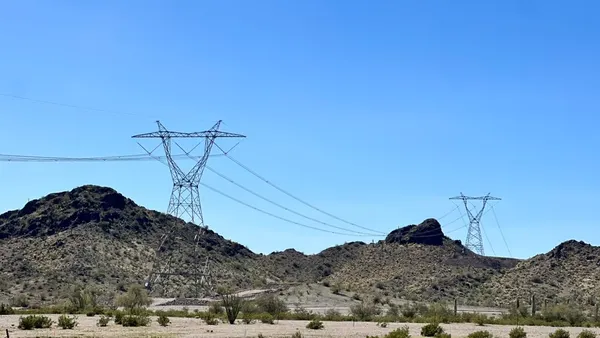With state approvals in hand, Invenergy is in talks with potential utility and corporate offtakers for capacity on its $7 billion, 5-GW Grain Belt Express transmission line set to run from Kansas to Illinois, according to Shashank Sane, executive vice president of transmission at the company.
The Missouri Public Service Commission approved the project in mid-October, marking the final state approval needed for the project to move forward. Also, Invenergy has selected Siemens Energy to supply the high-voltage, direct current technology for the first phase of the two-phase project and the Chicago-based company has acquired more than 95% of the land needed for phase one, Sane said in a Nov. 16 interview.
“Having those milestones behind us … really clears the way for a clear line of sight of starting construction for the project, which takes away or reduces the risk for an offtaker to commit to it, so really now the focus is on those offtakers and converting that to signed agreements,” he said.
Invenergy has been in talks with potential utility and corporate offtakers for the last two years, according to Sane. Both groups see a major appeal in being able to access large amounts of wind generation from Kansas, he said.
For utilities, the bi-directional Grain Belt Express project — which would connect the Southwest Power Pool, Associated Electric Cooperative, the Midcontinent Independent System Operator and the PJM Interconnection — would bring system reliability benefits, geographic diversity of generating resources and interregional connectivity, Sane said. Also, the project’s HVDC technology provides blackstart capability and other grid stability attributes, he said.
“There are elements of this project they just can't replicate with solar resources or other resources locally within their system,” Sane said.
Invenergy aims to begin building the project in early 2025, Sane said, adding that the company is seeking financing from the Department of Energy’s Loan Program Office.
Meanwhile, Invenergy last month asked the Federal Energy Regulatory Commission for permission to amend its negotiated rate authority for the Grain Belt project because the project has changed significantly since that authority was approved in 2014. Invenergy asked FERC to approve its request by Dec. 5 as it prepares to issue a solicitation for capacity on the project’s first 2.5-GW phase, which would run from Kansas to Missouri.
Grain Belt told FERC it expects to transfer phase-one capacity to buyers and/or lessees via sales and/or leases of undivided interests in the transmission line, which would require separate FERC approval.
The Sierra Club in late October urged FERC to approve Invenergy’s request to amend its negotiated rate authority.
“The Grain Belt Express Project will lower electricity costs for consumers, markedly improve the economic operation of these regional electric grids, offer significant resilience value — especially during storms and other high-demand events — and improve resource adequacy for customers and utilities,” the environmental group said.
However, the Missouri Landowners Alliance has asked FERC to require Invenergy to re-apply for permission to offer capacity on the Grain Belt Express transmission project at negotiated rates.
Looking ahead, Invenergy would like grid planners and regulators to recognize the value interregional, merchant lines, such as Grain Belt Express, bring to the grid, Sane said, noting that most interregional projects are merchant projects, not ones that grew out of transmission planning processes.
“We need both a mechanism to compensate those merchant developers for that interregional capability, but we also need greater recognition of the value and need of interregional connectivity in the planning process as well,” Sane said.
Invenergy would also like a greater national conversation around how to get more interregional transmission built, whether it's merchant or planned, according to Sane.
“Transmission is transmission,” Sane said. “Lines don't care whether they're merchant or planned, they can bring the same benefits and it's just different ways to reach the same outcome.”















